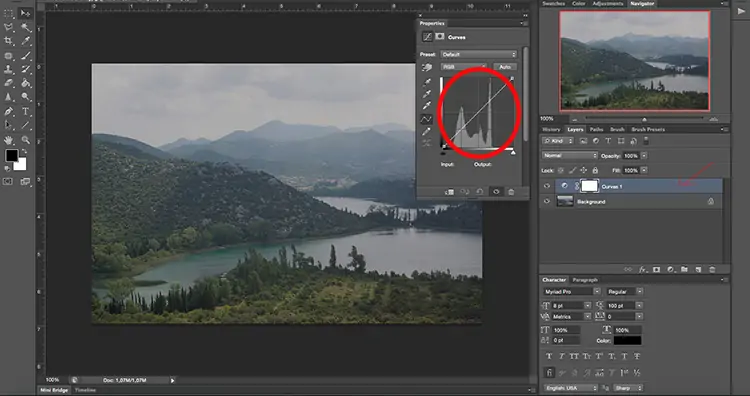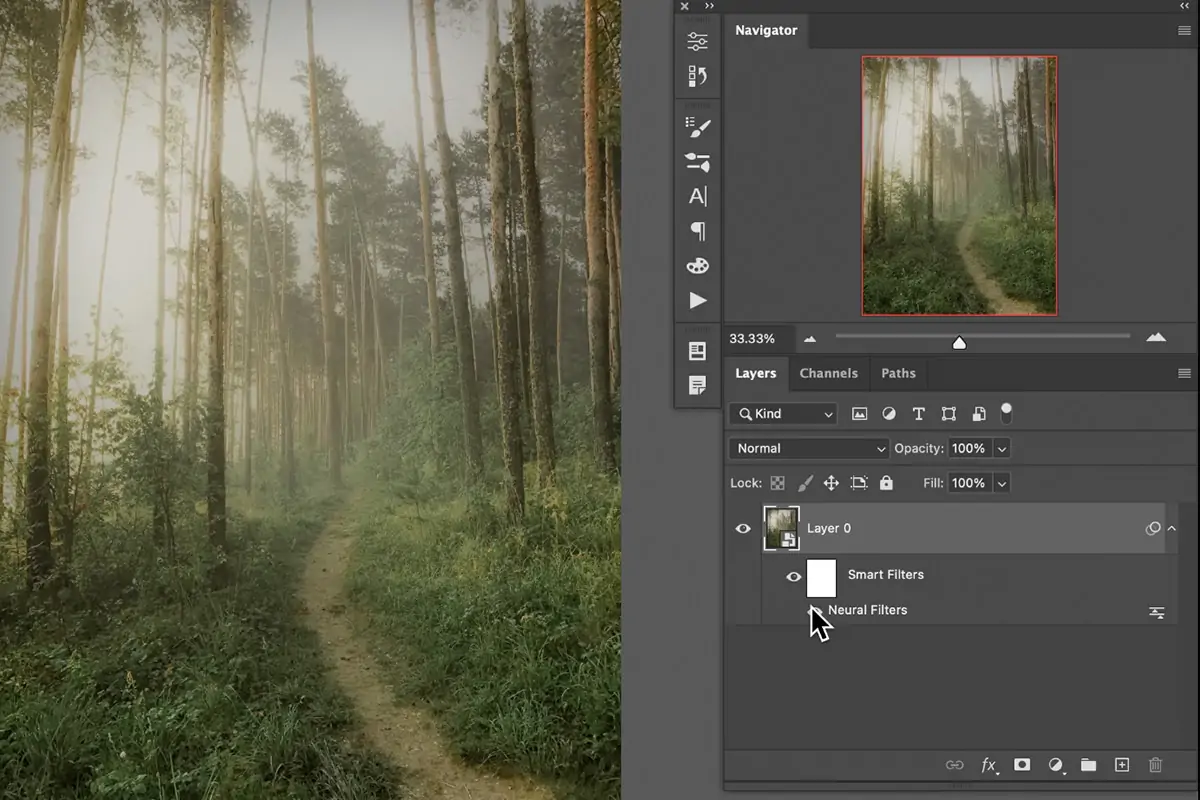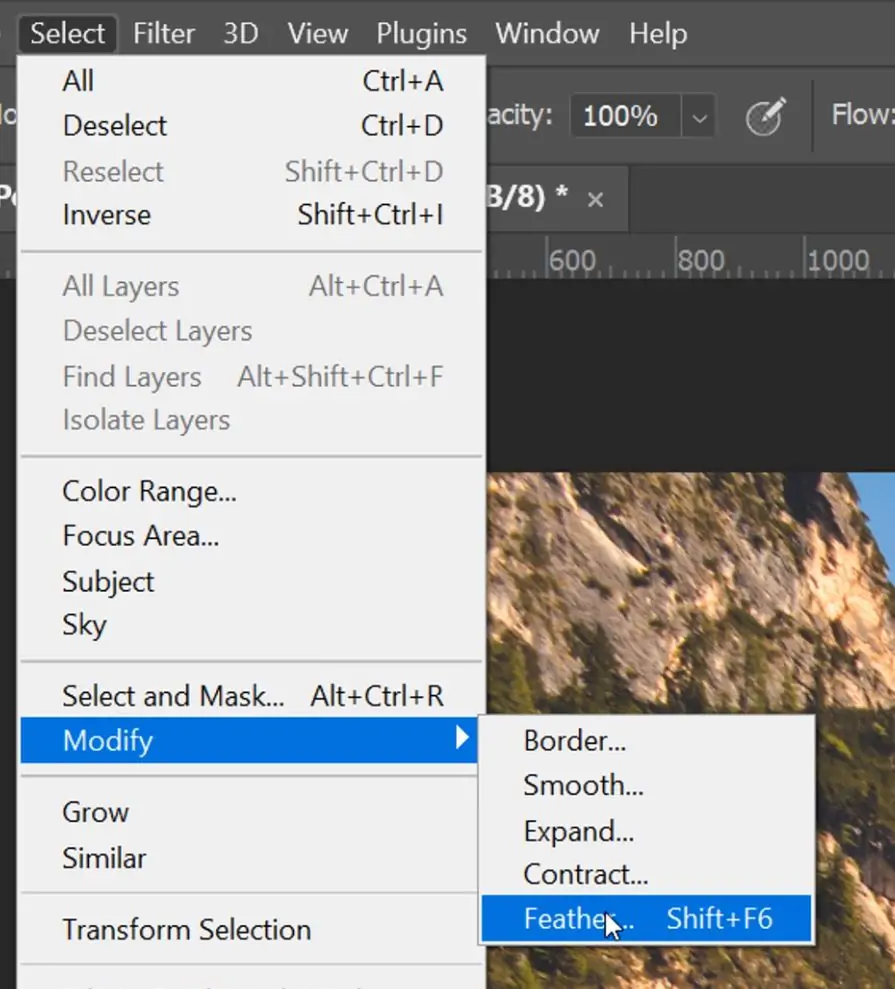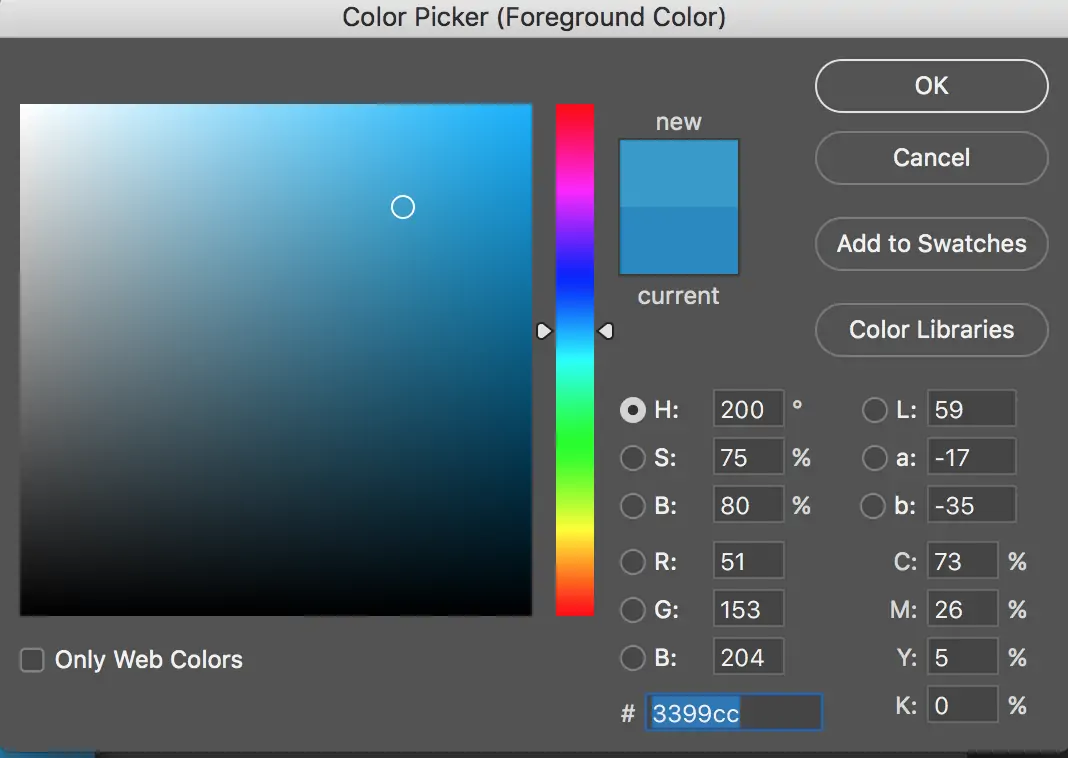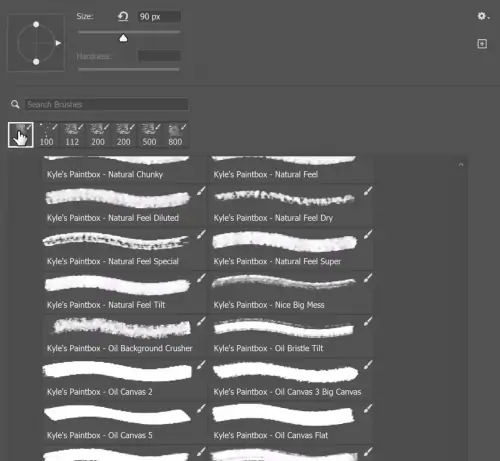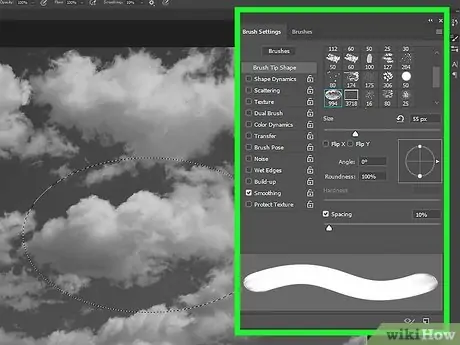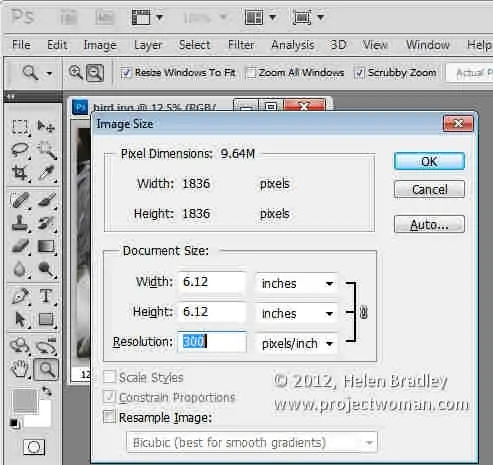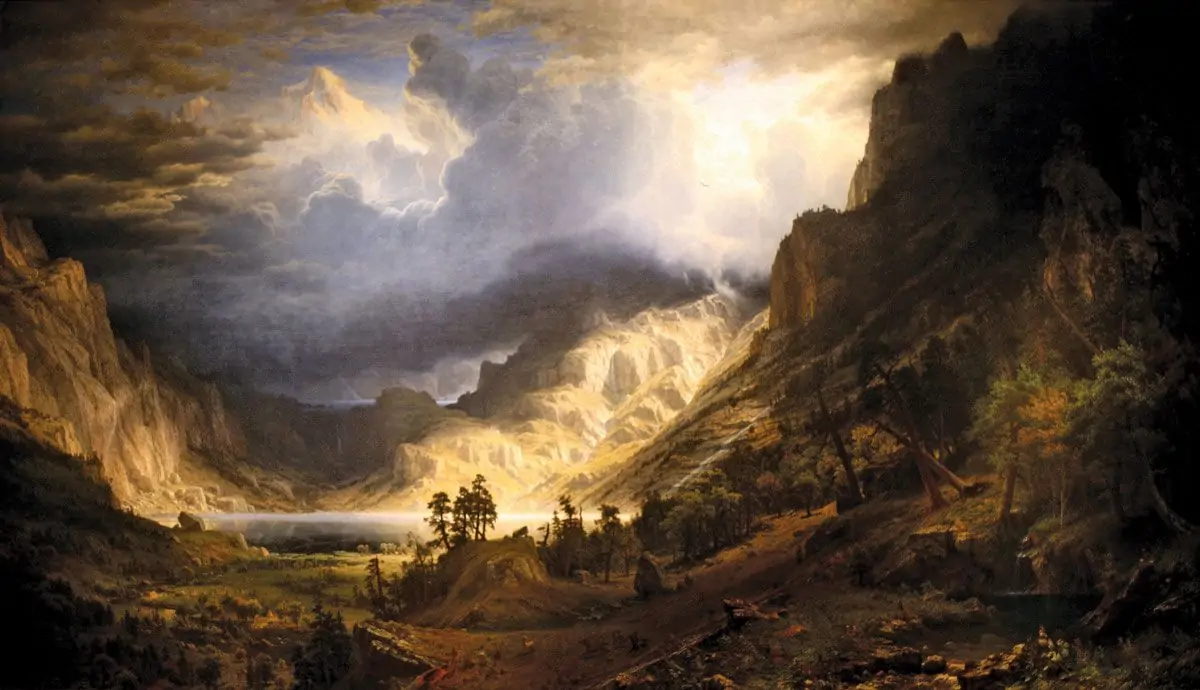
How To Edit Images In The Hudson River Art Style
The expansive canvases of the Hudson River School, which are considered to be among the most vivid and dramatic pieces of the 19th century, marked the ecstatic period of unfolding destiny and depicted the wild excellence of the American terrain. Like so many other groundbreaking historical art movements, the Hudson River School was initially criticized by supporters of realism. After being largely ignored at the beginning of the 20th century, the School gained attention again in the 1960s and 1970s thanks to a number of exhibitions and the revitalization of the Hudson Valley region. Today, artists and image editors alike greatly value this flamboyantly romantic approach to creating contemporary artworks using digital tools and techniques. The most meaningful strategy for painting Hudson River artworks digitally is to work on and manipulate colours, making them strategically similar to the original Hudson River art pieces. Further techniques include adjusting lighting and brightness, contrasts, warmth, and special atmospheric effects. This blog will focus on the steps to employ while creating Hudson River-inspired compositions from existing images.
Step 1: Manipulating Lighting And Colors
Open your image in Photoshop or any other software, and modify the brightness and contrast to create an adapted exposure. It aids in conveying details in both highlights and shadows, pivotal for creating the lighting effect typical of Hudson River art.
Following, improve the natural colours of the scene. Start by altering the white balance to make the colours appear realistic. At that point, selectively elevate saturation and vibrance in ranges like foliage and sky, mirroring the distinctive yet natural colour palette characteristic of Hudson River illustrations.
Take into consideration the temperature adjustments to communicate the time of day. Using warmer tones can evoke dawn or dusk settings, while cooler tones propose late morning or evening environments.
Ease harsh shadows and unobtrusively lighten darker ranges to attain a more proportional distribution of light over the image. This strategy helps create a sense of profundity and realism, which is vital for scenes reminiscent of the Hudson River style.
Fix across-the-board lighting utilizing dodge and burn devices to highlight particular zones. This strategy ensures exactness in calling attention to details like sunlit patches on foliage or reflections on water textures, improving the overall visual effect and realism of the scene.
Step 2: Presenting Atmospheric Effects
Include profundity within the image by adding subtle haze or fog. This impact hushes distant components, like cliffs or forests, imitating the atmospheric perspective regularly utilized in Hudson River works to communicate endlessness and distance.
Following, adjust the clarity specifically. By lessening clarity in backdrop components and elevating it in foreground features, you can further accentuate profundity and distance, improving the 3D feel of the scene.
Present soft gradients to the sky and far-off ranges. This will be done using gradient tools or by selectively altering brightness and contrast. Blend the transitions between components to make a smooth transition between the frontal area and background, adding to the atmospheric quality of scenes.
Uprise depth and texture in foliage by selectively including brush strokes and texture overlays. That can reproduce the elaborate brushwork and rich surfaces found in Hudson River canvases.
Eventually, distil the general atmosphere by tuning the proportion of haze and clarity. This stage makes the atmospheric effects complement instead of overpowering the composition, making a congruous and immersive scene suggestive of Hudson River artworks.
Step 3: Enhancing Natural Surfaces
Examine the image with a zoom feature to focus on particular components like foliage, rocks, or water textures. It precisely edits and upgrades the overall particulars of the scene, similar to the meticulous strategy of Hudson River artists.
Use selective sharpening on critical details like tree bark, leaves, or far-off cliffs. Employ sharpening tools or layer masks to focus on particular zones while protecting natural surfaces and dodging over-sharpening.
Present texture overlays to upgrade natural components. Operate texture brushes or overlay pictures of natural surfaces such as wood, rock, or water waves. Alter the blending modes and opacity to perfectly combine these surfaces into your image, improving the tactile quality typical of Hudson River Art.
Contemplate including profundity with depth-of-field effects. Also, blur outlying elements a little to recreate the focus on foreground particulars and create a sense of profundity and authenticity that exalts the 3D differentia of the scene.
Upgrade water reflections by carefully mirroring encompassing components and altering transparency and colour saturation to harmonize the scene’s lighting essentials. This strategy helps make practical reflections and upgrades the naturalistic quality of the scene.
At long last, tune in general texture and detail to guarantee a rhythmic balance. Check the general composition for an acclimated and convincing portrayal representative of Hudson Stream works.
Step 4: Including Natural Hues
Assess the present colour palette of the photograph and recognize overwhelming colours and their passion to decide how closely they adapt to natural tones found in Hudson River compositions.
Alter the general colour balance to get a unified combination of natural tones. Utilize the temperature sliders to warm or cool the photo as required, pointing for a naturalistic impression that echoes the time of day portrayed.
Improve particular tones like greens for foliage, browns for soil, and blues for skies. Utilize selective colour settings or hue/saturation sliders to heighten or quiet these tones, guaranteeing they agree with the subdued yet dynamic colour palette characteristic of the Hudson River approach.
Look into including subtle deviations in colour saturation and hue to different components inside the scene. This strategy helps to form visual allure and profundity while carrying an even overall palette.
Add natural gradients within the sky and landscape to imitate the subtle shifts in light and colour regarded in natural scenes. Utilize gradient features or layer adjustments to mix these gradients consistently into the composition.
Step 5: Working On Water Components
Look at the water components in your picture, such as streams, lakes, or ponds. Evaluate their reflections and transparency to guarantee they adjust with the naturalistic depiction typical of Hudson River works.
The following steps are to improve water reflections by adjusting transparency and colour saturation. Utilize reflection tools or copy and flip layers to make realistic mirrored pictures that grab the surrounding landscape’s excellence.
Present unpretentious ripples or waves utilizing brush tools or filter impacts. Imitate the tender stirs of water’s surface, including the profundity and authenticity of water bodies in your work.
Look into adding marine life, including fishes or feathered creatures, to upgrade the scene’s natural aura. Utilize layer masks or blending modes to blend these components consistently into the water highlights.
Improve water clarity by altering clarity and contrast options. Confirm that underwater subtle elements are obvious without dominating the surrounding landscape’s magnificence.
Modulate the general water features to keep unity and symmetry inside the composition. Make sure that water elements accompany other natural components like foliage and sky, contributing to the prevalent realism and aesthetic aspect of your Hudson River Art-inspired illustration.
Step 6: Enhancing Sky Glows
Evaluate the current sky in your image, focusing on the colour, clarity, and overall effect on the composition to determine its alignment with the glowing and sensational skies of Hudson River paintings.
Improve cloud arrangements utilizing brush tools or cloud filters. Present varied shapes and textures to make an energetic sky that suits the scene underneath, emulating the definitive skies often represented in Hudson River works of art.
Consider altering sky gradients to imitate natural light conditions. Utilize gradient tools or layer adjustments to blend soft transitions of light and colour, making sense of depth and climate within the sky.
Add subtle climatic effects like haze or far-off clouds to uplift the sky’s glow and enhance the overall temperament of the scene.
Improve sunlight effects by specifically brightening regions where sunlight relates to clouds or scene features. Utilize dodge and burn apparatuses to emphasize characteristic highlights and shadows, making a sense of realism and profundity in your sky.
Recheck the general sky composition to guarantee it tones in with the rest of the scene.
Step 7: Final Adjustments
Look at the situation and balance of key components like foreground, midground, and foundation to check that they make a balanced and visually pleasing scene.
Regulate the focal point, ensuring that one specific zone grabs the viewer’s focus; typically, the central point in Hudson River Art could be a noticeable natural highlight like a mountain, stream, or startling sky. Operate selective sharpening or contrast alterations on this central point.
Edit the aspect ratio and cropping if essential to progress the composition’s equilibrium. Utilize the rule of thirds or golden ratio standards to direct your editing choices, guaranteeing that key components are deliberately put inside the frame.
Incorporate leading lines or paths that direct the viewer’s eye through the composition. Utilize realistic segments such as streams, tree lines, or peak edges to form a sense of profundity and viewpoint, taking the watcher more profoundly into the setting.
In conclusion, audit the image thoroughly to guarantee it inspires the serene and expansive qualities of Hudson River canvases. Readjust particulars and alterations as required until they attain a captivating final depiction of nature, and then you can export the final composition.
Conclusion:
To sum up, the Hudson River style, which also confines the spirit of romanticism, is a joyful festivity of the untainted beauty of landscapes and the aspiration of artists to become self-reliant while capturing the powerful and imposing elements of nature. By thorough attention to detail and profound sensitivity to the subtleties of atmosphere, artists can create pieces inspired by the Hudson River that effectively communicate substantial sentiments. You can also create intriguing compositions by attending to the steps and strategies underlined in this blog. Digital painting tools present you with considerable prospects to imitate cherished antique art approaches while grasping their imperative essence.



